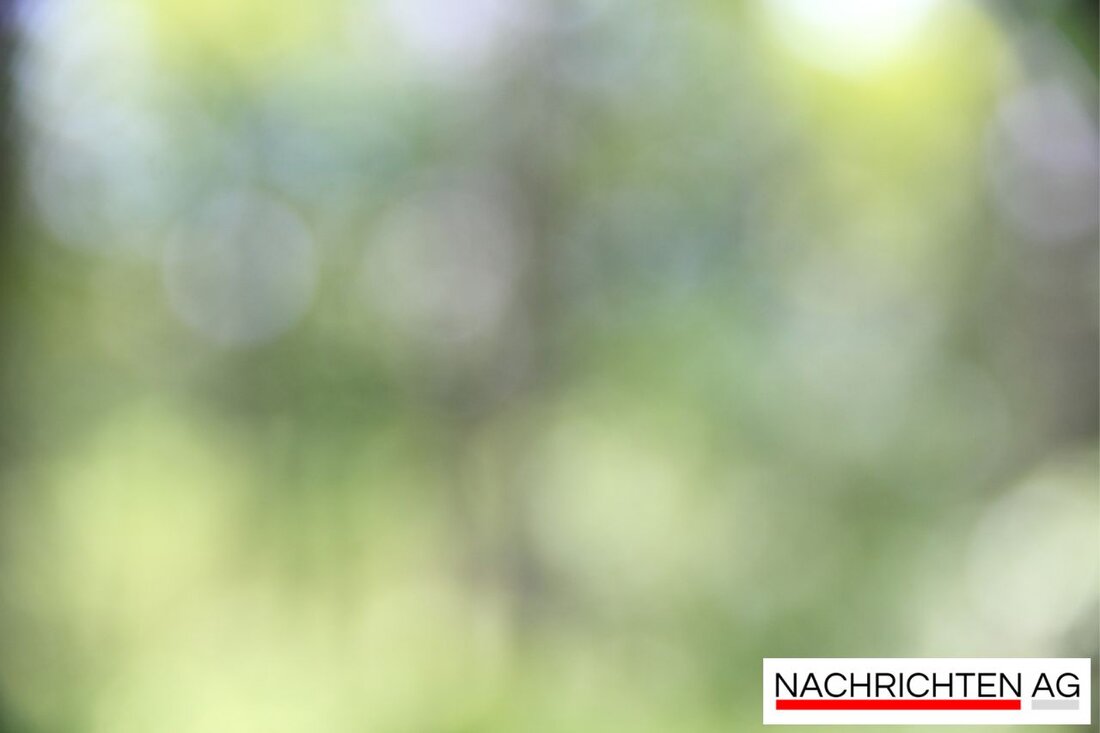Tourist tax in St. Peter-Ording is increasing: holidays will be more expensive in 2025!
North Sea visitors will have to plan for higher tourist taxes in St. Peter-Ording from 2025. Find out more about the reasons and amounts.

Tourist tax in St. Peter-Ording is increasing: holidays will be more expensive in 2025!
In St. Peter-Ording, holidaymakers also have the opportunity to enjoy the golden beach and the fresh North Sea air in autumn. But what many people don't know: from next year, staying here will be a little more expensive. The popular holiday region on the North Sea is planning to increase the tourist tax, and that is causing a stir. Because some numbers speak for themselves.
From the 2025 main season, guests in St. Peter-Ording will have to pay four euros a day, instead of the previous three euros. In the low season the fee increases from two to three euros. This means an increase of an impressive 33 percent in the high season and 50 percent in the low season. Special exception: Children and young people under 18 years of age pay nothing. Tourism director Katharina Schirmbeck justifies this increase by saying that infrastructure costs have risen significantly and the last adjustment to the tourist tax took place in 2007. Lennart Kallsen, the chairman of the finance committee, also sees no alternative to this decision, which is to be officially decided in October 2024.
Visitor numbers and financial backgrounds
St. Peter-Ording is one of the most sought-after holiday destinations in Northern Germany. Over two million guests flock to the coast every year. These figures show that the resort tax is urgently needed to finance the many services that benefit holidaymakers. Regardless of whether it is beach cleaning, lifeguards or promenade maintenance - the tourist tax flows into the most important areas of the tourist infrastructure.
The total income from the tourist tax is estimated at around six million euros. Interestingly, St. Peter-Ording is comparatively more expensive than Sylt, where the tourist tax is between 3.30 euros and 3.70 euros per day. St. Peter-Ording also scores high compared to other Baltic Sea holiday resorts. While Rügen currently costs just over three euros per day, holidaymakers on Zingst only pay 2.30 euros in high season and on the island of Poel 2.50 euros.
Comparison with other North Sea resorts
A look at the tourist taxes of other North Sea resorts shows that the price range varies greatly. The highest fees on the German North Sea coast are in Spiekeroog at 5.50 euros and in Langeoog at 4.95 euros per day, while Baltrum is the cheapest place at just 3.50 euros per day. An annual comparison shows that St. Peter-Ording is in the upper price range at 4 euros per day, but still remains an attractive choice for many.
- Die Übersicht über die Kurtaxen:
| Location | Tourist tax per day |
|---|---|
| St. Peter Ording | 4 euros |
| Sylt | 3 – 3.90 euros |
| Spiekeroog | 5.50 euros |
| Langeoog | 4.95 euros |
| Baltrum | 3.50 euros |
Although the increase in tourist tax may be met with incomprehension by some, there is a consensus in the industry that the additional revenue is needed to maintain tourism offerings. According to tourism researcher Bernd Eisenstein, these increases are manageable compared to the total cost of a North Sea vacation, which is around 90 euros per day per person. However, you should not forget that even small amounts can add up quickly, especially on family vacations.
It remains to be seen how visitors will react to the new fees, but one thing is certain: St. Peter-Ording remains a popular retreat on the North Sea that more and more people are discovering.

 Suche
Suche
 Mein Konto
Mein Konto